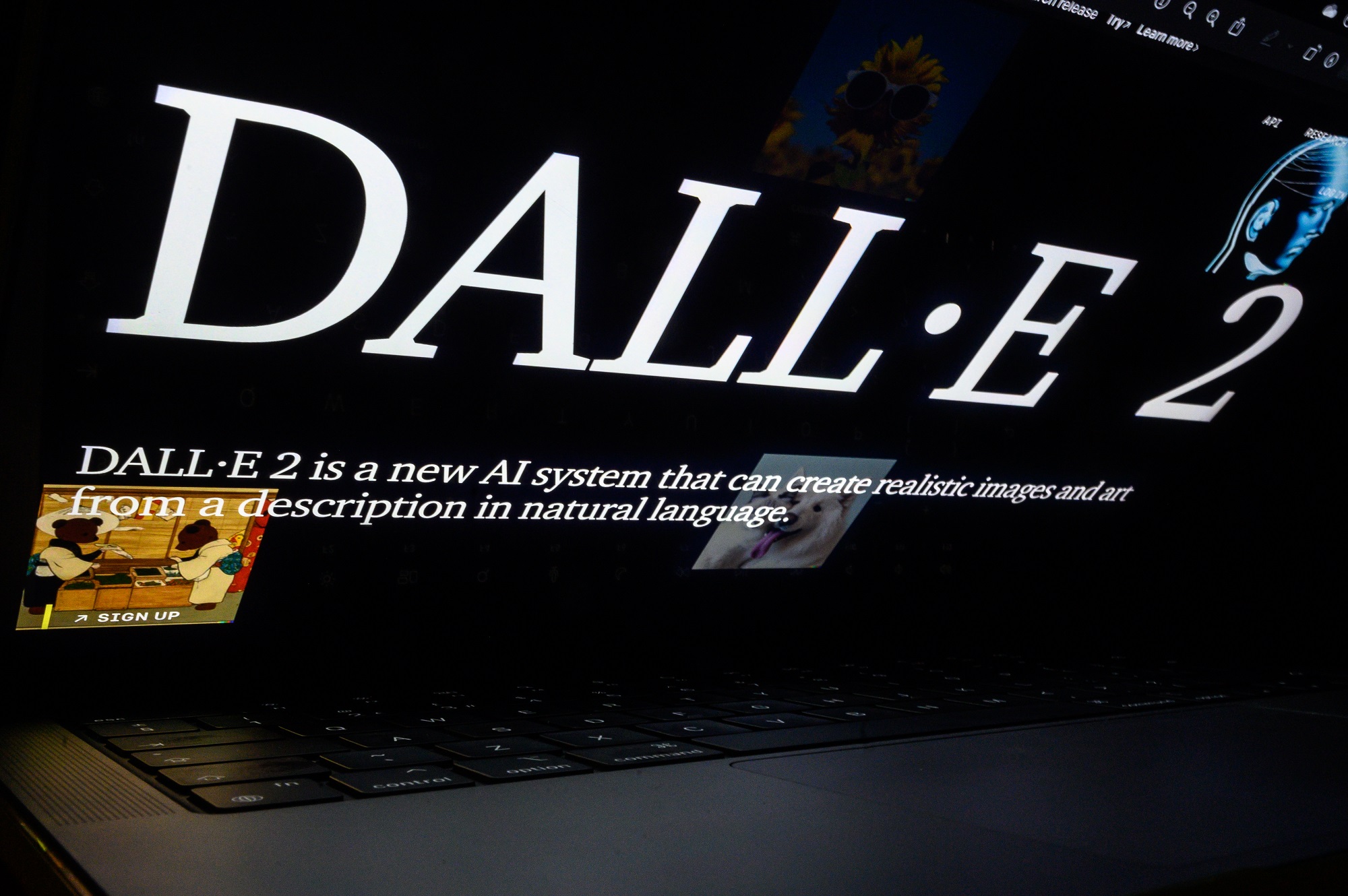A company is now using memories to create AI-generated photos. It’s part of the Synthetic Memories project’s ongoing work to help people recover their lost memories by turning them into memory photographs.
The Synthetic Memories project is part of an ongoing movement by the Domestic Data Streamers to change how we reminisce about the most important moments in our lives. Moments when a photographer wasn’t around to capture a lasting image of the event.
By utilizing AI models and the data from a person’s brain, the team behind the project is able to create a memory photograph that showcases the event in an image that looks like it could have been captured when the event was happening.

The image uses older models of AI, like DALL-E 2, which means there are a number of imperfections found within the images. But, the company behind the project believes that these older models help capture the more nebulous and hazy aspects of memories, as we don’t always remember the finer details.
Some of the latest endeavors of the project included taking memories from the mind of 84-year-old Maria, a woman from Barcelona. Maria told the project that she has vivid memories of trying to catch a glimpse of her father, who was in prison opposite where they lived.
The models were able to take the data from her brain and create a memory photograph of her on the balcony of their home, trying to spot her father. The founder of Domestic Data Streamers told MIT Review that you can tell when the memory is right because it garners a very real reaction from the person.
The project says it is concerned that OpenAI and other AI companies will eventually retire its older models, which they say make for the best pictures because of the imperfections they include. If that happens, they’ll have to rely on newer models to create their memory photographs, which might not be as true-to-life as they won’t have the same imperfections that memories can sometimes offer.
This is, of course, just one of the many ways we’re seeing AI used by different companies around the world. Others are finding new ways to create AI-generated videos and photos, and even using them to help verify eye behavior so that they can tell if someone is lying.
